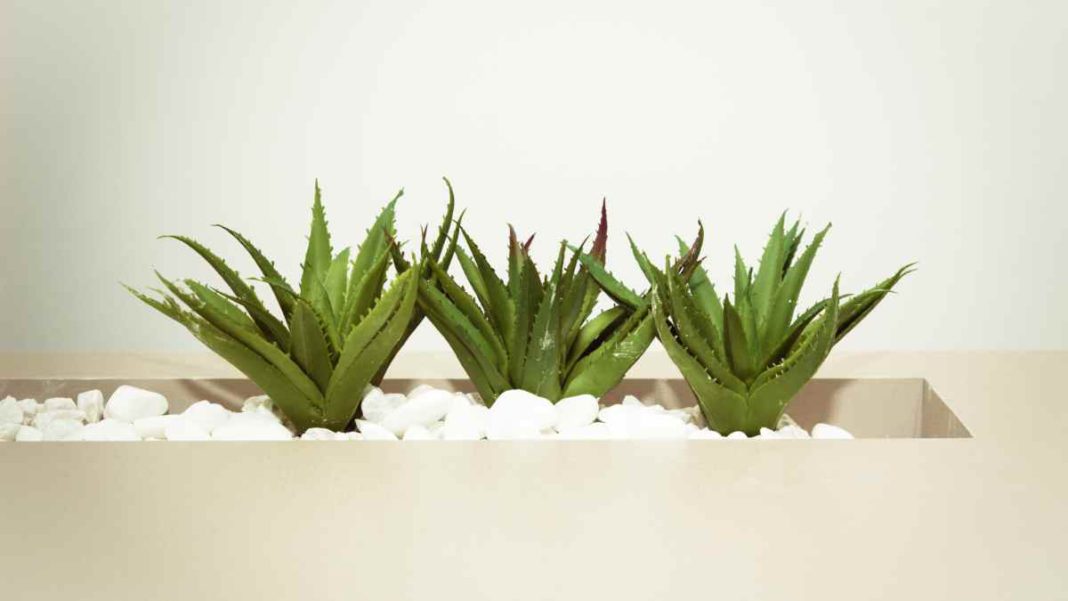JAPAN: In a fresh study published in the prestigious journal ‘Science Advances,’ scientists have made a significant breakthrough in digging into the mysteries of plant regeneration.
Researchers from the Nara Institute of Science and Technology (NAIST) in Japan have identified a key gene, WOX13, that plays a crucial role in determining the fate of regenerating plant cells and its impact on shoot regeneration efficiency.
Somatic cells, which are common cells not usually involved in reproduction, provide plants with the unique ability to rejuvenate.
This intricate process involves the creation of a shoot apical meristem (SAM), a group of cells that give rise to essential lateral organs needed for plant reconstruction.
The formation of SAM is intricately regulated at the cellular level by a complex interplay of genes and protein molecules, either facilitating or hindering shoot regeneration.
Building upon previous research on tissue repair and organ adhesion after grafting, the research team, led by principal investigator Momoko Ikeuchi, delved into the role of the WOX13 gene in controlling shoot regeneration using the model plant Arabidopsis.
By employing a two-step tissue culture system, the team observed the potential influence of WOX13 on shoot regeneration efficiency.
Their findings revealed that WOX13 acts as a negative regulator of shoot regeneration by promoting non-meristematic, or non-dividing, function in callus cells.
At the RNA level, WOX13 functions as a transcriptional repressor, exerting control over the regeneration process and influencing its efficiency.
To validate their discoveries, the researchers compared mutated Arabidopsis plants with dysfunctional WOX13 genes (wox13 mutants) to normal plants, conducting RNA-sequencing analyses at various time points.
The absence of WOX13 had a minimal impact on gene expression under callus-inducing conditions. However, under shoot-inducing conditions, the wox13 mutation led to an upregulation of genes associated with shoot meristem regulation.
Remarkably, within 24 hours of WOX13 overexpression in the mutants, these genes were significantly suppressed. Further confirmation came through single-cell RNA sequencing, which emphasized the pivotal role of WOX13 in determining the fate of pluripotent callus cells.
Unlike previously identified negative regulators of shoot regeneration, which merely impede the transition from callus to shoot apical meristem (SAM), WOX13 inhibits SAM specification by promoting alternative cell fates.
This inhibition is achieved through a mutually repressive regulatory circuit involving the WUS gene, as WOX13 transcriptionally inhibits WUS and other SAM regulators while inducing cell wall modifiers. Consequently, WOX13 emerges as a primary regulator of shoot regeneration efficiency.
The implications of this discovery are immense. By knocking out the WOX13 gene, the researchers observed an accelerated shoot regeneration process, offering potential applications in agriculture and horticulture.
The tissue culture-mediated de novo shoot regeneration of crops could be enhanced through WOX13 knockout, opening new avenues for advancements in crop productivity and plant propagation techniques.
Dr. Ikeuchi expressed her excitement about the findings, stating, “Strategies to improve plant shoot regeneration efficiency have long been sought.”
She further added that, “because it is unclear what the relevant regulatory processes are, progress has been stymied. By outlining a fresh method for cell-fate specification, our study closes this gap.”
Also Read: NASA Unveils AI Assistant for Astronauts to Communicate with Spacecraft



